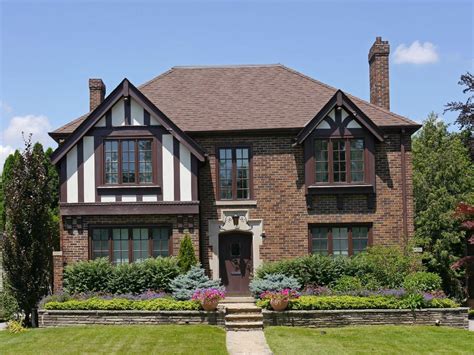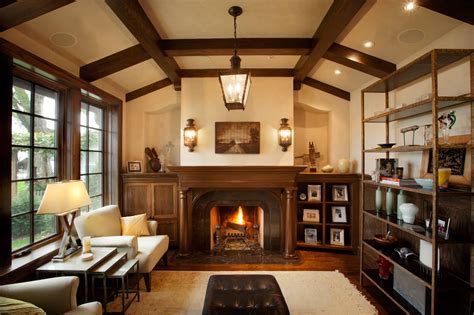stile tudor | tudor interior design characteristics stile tudor InstitutionalEcclesiastical• The final stages of King's College Chapel, Cambridge (1446–1515)• St Peter and St Paul's Church, Lavenham, Suffolk (1485–1525) See more $4,200.00
0 · what is tudor style home
1 · tudor style interior
2 · tudor style house characteristics
3 · tudor style home description
4 · tudor style exterior
5 · tudor interior design characteristics
6 · traditional tudor style homes
7 · pictures of tudor style houses
Rolex 116613LN Overview. The Rolex Submariner 116613LN has a last known retail price of $15,500 and trades for $12,647 on the pre-owned market. Expect .
The Tudor architectural style is the final development of medieval architecture in England and Wales, during the Tudor period (1485–1603) and even beyond, and also the tentative introduction of Renaissance architecture to Britain. It followed the Late Gothic Perpendicular style and, gradually, it evolved into an . See moreThe reign of Henry VIITudor style buildings have several features that separate them from Medieval and later 17th-century design. The earliest signs of the Renaissance appear under Henry VII; whereas . See more
InstitutionalEcclesiastical• The final stages of King's College Chapel, Cambridge (1446–1515)• St Peter and St Paul's Church, Lavenham, Suffolk (1485–1525) See more• Airs, Malcolm, The Buildings of Britain, A Guide and Gazetteer, Tudor and Jacobean, 1982, Barrie & Jenkins (London), See moreUpper classesBuildings constructed by the wealthy or royal had these common characteristics:• An E- or H-shaped floor plan• See more
In the 19th century a free mix of late Gothic elements, Tudor, and Elizabethan were combined for public buildings, such as hotels and railway stations, as well as for residences. The . See more• www.tudor-buildings.co.uk See more
Tudor style, type of British architecture, mainly domestic, that grafted Renaissance decorative .
The Tudor architectural style is the final development of medieval architecture in England and Wales, during the Tudor period (1485–1603) and even beyond, and also the tentative introduction of Renaissance architecture to Britain.Tudor style, type of British architecture, mainly domestic, that grafted Renaissance decorative elements onto the Perpendicular Gothic style between 1485 and 1558.Based on revival of aspects that were perceived as Tudor architecture, in reality it usually took the style of English vernacular architecture of the Middle Ages that had survived into the Tudor period. [1] The style later became an influence elsewhere, especially the British colonies.
Tudor architecture refers partly to the architectural style that emerged between 1485 and 1603 when artisans built sophisticated two-toned manor homes combining Renaissance and Gothic design elements.
Tudor Architecture: From History to Practical Design Tips. Why Tudor Style Still Matters Today. I’ll be honest, I get excited every time a client asks me to incorporate Tudor style architecture into a design. This style is truly something special: timeless, sturdy, and full of historical character. Tudor architecture is a style of building that started in England and Wales from 1485 to 1603. It blends elements from the Renaissance with the older Perpendicular Gothic look. You'll know Tudor homes by their half-timbered frames, which show wood on the outside and are filled in with white stucco.Tudor architecture was the Medieval architectural style developed in the early part of the Tudor Dynasty in England between the time period of 1485 to 1603. This phase had 6 rulers―Henry VII, Henry VIII, Edward VI, Jane Grey, Mary I, and Elizabeth I. Tudor style, descriptive of the English architecture and decoration of the first half of the 16th cent., prevailing during the reigns (1485–1558) of Henry VII [1], Henry VIII [2], Edward VI [3], and Mary I [4].
Tudor and Elizabethan architecture (1485-1603) Comparative peace under the Tudor monarchs brought prosperity to England, Wales and Ireland. The wealth of great landowners - the Crown, the aristocracy and the Church - could be poured into building. It .
This distinctive style, characterized by its half-timbered façades, steeply pitched roofs, and ornate detailing, has captivated the imagination of people for centuries.The Tudor architectural style is the final development of medieval architecture in England and Wales, during the Tudor period (1485–1603) and even beyond, and also the tentative introduction of Renaissance architecture to Britain.Tudor style, type of British architecture, mainly domestic, that grafted Renaissance decorative elements onto the Perpendicular Gothic style between 1485 and 1558.
Based on revival of aspects that were perceived as Tudor architecture, in reality it usually took the style of English vernacular architecture of the Middle Ages that had survived into the Tudor period. [1] The style later became an influence elsewhere, especially the British colonies.
Tudor architecture refers partly to the architectural style that emerged between 1485 and 1603 when artisans built sophisticated two-toned manor homes combining Renaissance and Gothic design elements.
Tudor Architecture: From History to Practical Design Tips. Why Tudor Style Still Matters Today. I’ll be honest, I get excited every time a client asks me to incorporate Tudor style architecture into a design. This style is truly something special: timeless, sturdy, and full of historical character. Tudor architecture is a style of building that started in England and Wales from 1485 to 1603. It blends elements from the Renaissance with the older Perpendicular Gothic look. You'll know Tudor homes by their half-timbered frames, which show wood on the outside and are filled in with white stucco.Tudor architecture was the Medieval architectural style developed in the early part of the Tudor Dynasty in England between the time period of 1485 to 1603. This phase had 6 rulers―Henry VII, Henry VIII, Edward VI, Jane Grey, Mary I, and Elizabeth I.

Tudor style, descriptive of the English architecture and decoration of the first half of the 16th cent., prevailing during the reigns (1485–1558) of Henry VII [1], Henry VIII [2], Edward VI [3], and Mary I [4].Tudor and Elizabethan architecture (1485-1603) Comparative peace under the Tudor monarchs brought prosperity to England, Wales and Ireland. The wealth of great landowners - the Crown, the aristocracy and the Church - could be poured into building. It .
what is tudor style home

buy cheap chanel bags
can u buy chanel online
Review - The new Rolex Datejust 41 from Baselworld 2016, with new case, new movement and comeback of the Jubilee (live pics, specifications & price).
stile tudor|tudor interior design characteristics



























